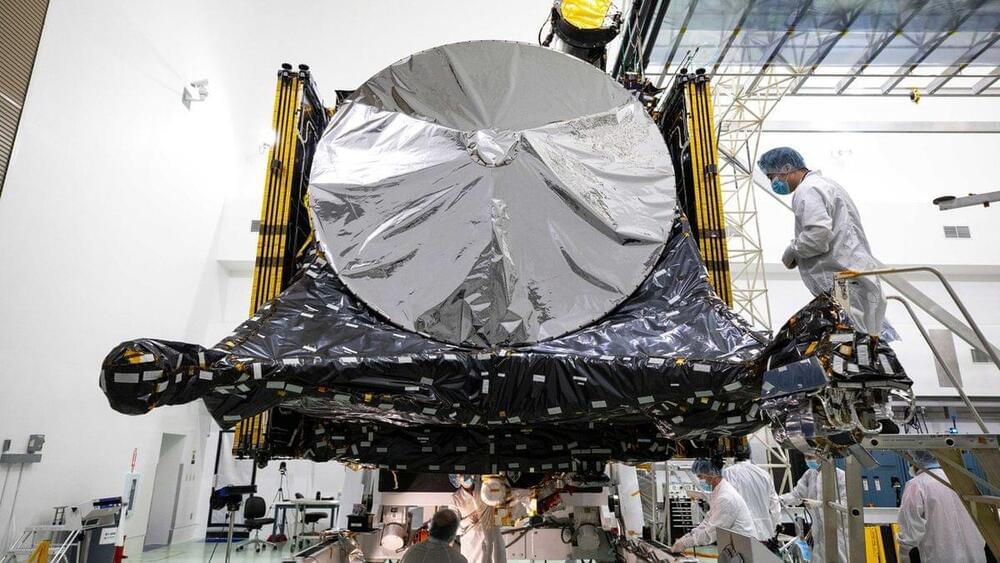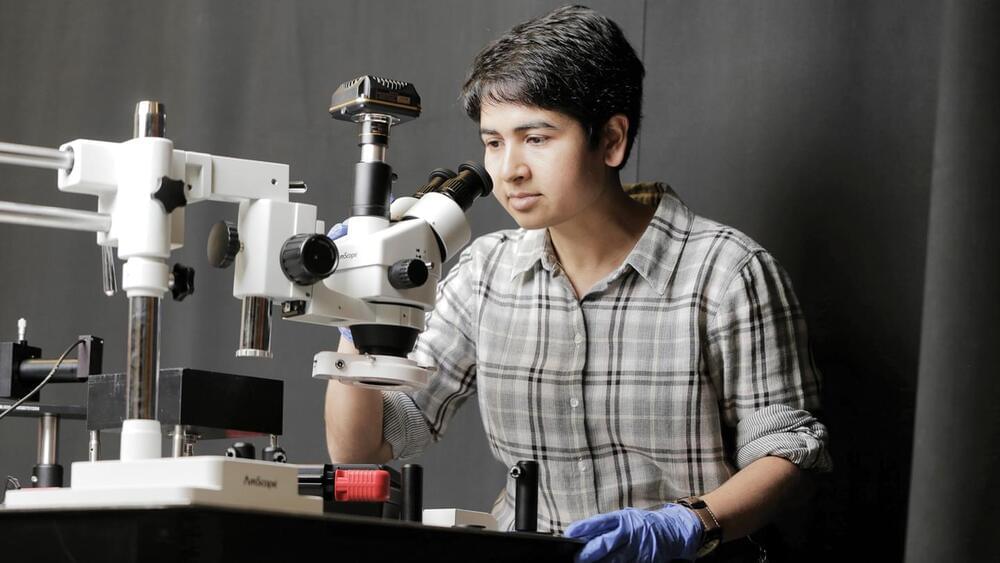A study of twins who served in World War II showed that traumatic brain injuries are associated with faster rates of cognitive decline as we age.


Japan’s space agency has launched a rocket on September 6 at 7:42 PM EDT carrying a telescope that’s more advanced than NASA’s Chandra and other X-ray observatories already in orbit. The X-Ray Imaging and Spectroscopy Mission — or XRISM but pronounced as “crism” — is a mission led by JAXA (Japan Aerospace Exploration Agency) in collaboration with NASA and with contributions by the European Space Agency. Lia Corrales, a University of Michigan astronomer and mission participant, told The New York Times that XRISM represents “the next step in X-ray observations.”
The telescope is considered more powerful than its predecessors because of its tools. One of them, called Resolve, is a microcalorimeter spectrometer with the capability to measure tiny increases in temperature when X-rays hit its 6-by-6-pixel detector. It must operate in an environment that’s a fraction of a degree above absolute zero, enabled by a multistage mechanical cooling process inside its refrigerator-sized container with liquid helium. But so long as it’s working, the tool can measure each individual X-ray energy and can provide information on its source’s composition, motion and physical state.
The Times says the mission team expects Resolve’s spectroscopic data to be 30 times sharper than what Chandra’s instruments can provide. It can detect X-rays with energies that range from 400 to 12,000 electron volts, which NASA says can give us the data needed to know more about the hottest regions, the largest structures and the objects with the strongest gravity pull in the universe. XRISM’s science operations won’t begin until January, though, since scientists still have to switch on its instruments and tune them in the next few months.



Every few years comes a disruptive technology that catalyzes the development stages of not just companies but also society as a whole. Generative AI may not be as big as the invention of the internet but it is a foundational block to create a new digital transformation aided by AI.
The reason why Generative AI is one of the most exciting chapters in this journey of transformation is because the technology comes very close to imitating human quality of output. It sparks a very controversial debate about its advantages and disadvantages, especially in a country like ours with a large disposition to lose in terms of jobs that can be replaced by AI. But let’s look at our own journey of digital transformation closely. India has always charted a strong developmental course in terms of the tech industry with robust manpower, unmatched pricing, and a very dynamic workforce that has placed our country sixth in terms of AI investments between 2013–2022. Here, we do have to be mindful that our journey as a country for any disruptive technology may look completely different than others.

The ability to cure all disease slowly comes in view. ANI into Agi into ASI needs to be primary focus. Followed by genetics research, and lastly an extreme focus on Medical Nanobots. ASI will of cured most diseases by 2035–2040.
Fleets of advanced versions may one day be able to detect disease and then go about surgically treating it — without ever opening the skull.

Imagine talking to einstein or Stephen Hawking 😗😁.
Head over to our on-demand library to view sessions from VB Transform 2023. Register Here
My favorite episode of the hit sci-fi/horror TV series Black Mirror is “Be Right Back,” which premiered 10 years ago now, and captured the alienating experience of a woman cloning her dead ex-boyfriend by using a service that analyzed his social media posts and texts to recreate his personality.
The episode seemed fantastical but just on the edge of plausible at the time in 2013 — after all, many of us were already leaving extensive digital communications trails back then with our smartphones and computers.

(NewsNation) — A scientific expedition off the coast of Alaska sparked speculation among livestream viewers when cameras on a remote-controlled dive vehicle captured a mysterious object at the bottom of the ocean.
The National Oceanic and Atmospheric Administration conducted the Aug. 30 expedition and described the object as a “golden orb” that “struck an imaginative chord.”
So, what was it?

The AI revolution is here — and one pioneer of the technology says it will be accessible to all in the upcoming years.
Mustafa Suleyman, the co-founder of DeepMind, Google’s AI division, told CNBC during an interview that everybody is going to have their own AI-powered personal assistants within the next five years as the technology becomes cheaper and more widespread.
In particular, Suleyman, now the CEO of Inflection AI, the tech startup behind an AI chatbot called Pi, said that everybody will have access to an AI that “knows you,” is “super smart,” and “understands your personal history.”

A study has linked the development in kids of any of food allergy, asthma, eczema and rhinitis to a common factor – an unbalanced gut microbiome.
Researchers have long been intrigued by the gut microbiome in the development of allergic diseases. But this Canadian study is unique in identifying a common origin in infancy across the four separate allergic diseases. As well, it explored the composition of gut bacteria in children before and following allergic sensitization.
As each allergic disease has a separate list of symptoms, they are usually studied on their own. “But when you look at what is going wrong at a cellular level, they actually have a lot in common,” notes Dr. Charisse Petersen, co-senior author and a researcher at BC Children’s Hospital Research Institute and BC Children’s Hospital.